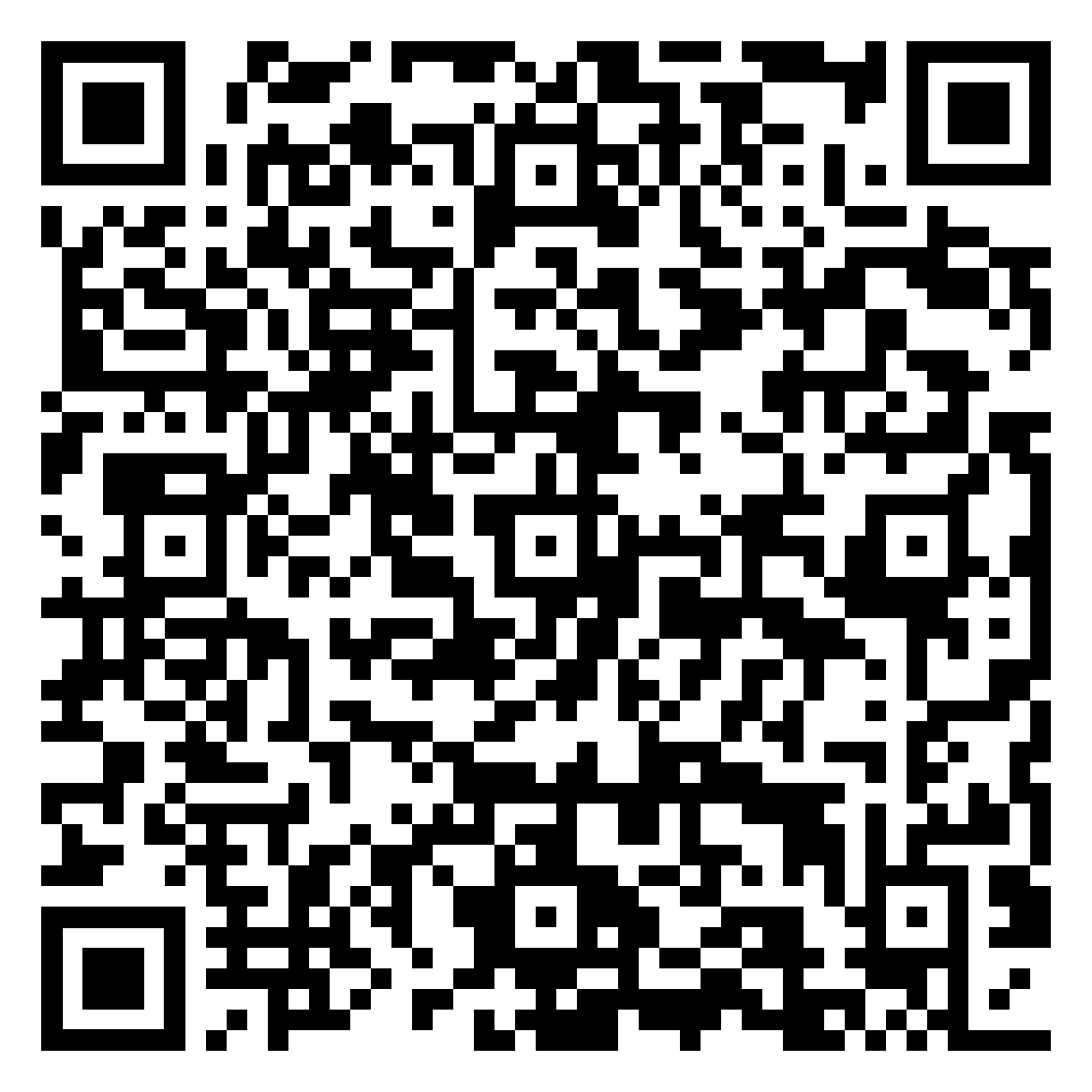Adult congenital heart disease (ACHD) is a defect in the structure of the heart that is present at birth. Although it is a congenital condition, ACHD does not always display
symptoms at birth. ACHD comes in numerous forms, with symptoms and treatments varying depending on the type of defect and the severity of the condition.
Problems with the heart’s structure can include a hole in the heart wall, complications with the blood vessels and blood flow and issues with the heart valves.
Symptoms & Diagnosis
Symptoms vary depending on age, the number of heart defects an individual is born with, the type of defect and the severity of the condition. Some cases of ACHD may not cause
any symptoms, but others can be complex and life-threatening, requiring comprehensive treatment. The signs and symptoms may include:
- Skin, lips, or nails that have a blue hue (cyanosis)
- Excessive fatigue
- Fast breathing or trouble breathing
- Extreme sleepiness
- Unable to exercise for long due to excessive tiredness
- Heart murmur (a swishing sound made by the heart that may suggest abnormal blood flow)
- Poor blood circulation
- Weak pulse or pounding heartbeat
The following tests may be performed to diagnose ACHD:
Electrocardiogram (ECG)
The electrical signals in the heart are recorded during this test. ECGs can tell how fast or slow the heart is beating and can detect irregular heartbeats (arrhythmias).
Chest X-ray
X-rays of the chest can reveal changes in the heart's size and shape.
Pulse oximetry
During this test, blood oxygen levels can be estimated by a small sensor attached to the finger.
Echocardiogram
Ultrasounds (sound waves) create images of the heart in motion during this test. Echocardiograms can provide information about blood flow through the heart and heart valves.
You can also have an echocardiogram while exercising, usually on a bike or treadmill.
Transesophageal echocardiogram
Transesophageal echocardiograms can provide more detailed images of the heart. Transducers are guided down a flexible tube through the throat and into the tube connecting the
mouth and stomach (esophagus).
Exercise tests or stress tests
A treadmill or stationary bike is used during these tests to monitor the heart's rhythm. An exercise test can reveal how the heart reacts to physical activity.
Heart CT scan and heart MRI
During these tests, images of the chest and heart are captured. X-rays are used in cardiac CT scans, while a cardiac MRI uses magnetic fields and radio waves.
Cardiac catheterization
In this test, blood pressure and blood flow are measured in the heart. Catheters are gently inserted into blood vessels, typically in the groin and up to the heart, by a
physician. In order to guide the catheter to the correct position, X-rays are used.
Treatments
Catheter-based procedures
These procedures involve inserting a thin tube (catheter) into a blood vessel and using it to perform a variety of tasks, such as closing a hole in the heart or widening a
narrow vessel.
Medications
These can help manage symptoms, lower blood pressure and improve heart function.
Surgery
This can correct a defect, promote blood flow, or redirect blood. In severe cases, a patient might require a heart transplant.
Oxygen therapy
This procedure involves providing additional oxygen to the body through a variety of means, such as using a small tube that delivers oxygen through the nose, a face mask, or a
mechanical ventilator (breathing machine).
Prostaglandin E1
This relaxes smooth heart muscles and keeps the ductus arteriosus (a blood vessel normally closed after birth) open, which promotes circulation.

